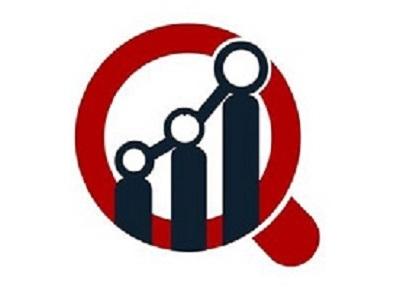Brick Carton Packaging Market Overview
Brick Carton Packaging Market size was valued at USD 10.1 Billion in 2022. The Brick Carton Packaging Industry is projected to grow from USD 10.6 Billion in 2023 to USD 15.4 Billion by 2032, exhibiting a compound annual growth rate (CAGR) of 4.80% during the forecast period (2023 - 2032).
In the modern landscape of packaging solutions, innovation is a driving force that shapes industries and consumer experiences alike. One such innovation that has garnered substantial attention is brick carton packaging. This distinctive packaging style has witnessed a remarkable evolution and is now a prominent player in the market, owing to its numerous advantages that cater to both manufacturers and environmentally conscious consumers.
The Genesis of Brick Carton Packaging:
Brick carton packaging, often referred to as gable-top packaging, emerged in the mid-20th century as an alternative to traditional packaging methods. Initially employed for containing dairy products like milk and juice, the brick carton design was recognized for its convenient shape, ease of storage, and efficient use of materials. Over time, this packaging style evolved, adapting to accommodate a wide array of products beyond just beverages.
Design and Structure:
The hallmark of brick carton packaging is its unique shape, resembling a miniature gable-roofed house. This design allows for easy pouring, minimal spillage, and a comfortable grip for consumers. The packaging typically comprises multiple layers, including an outer layer for branding and information, a middle layer for structural integrity, and an inner layer for preserving the product's freshness. This multi-layered structure not only safeguards the contents but also contributes to the carton's eco-friendly profile.
Sustainable Packaging Champion:
One of the standout features of brick carton packaging is its commitment to sustainability. With growing environmental concerns, consumers are actively seeking packaging solutions that minimize their carbon footprint. Brick carton packaging addresses this demand admirably. It is predominantly made from paperboard, a renewable resource derived from trees. Moreover, advancements in manufacturing techniques have led to the development of lightweight cartons, reducing material consumption and transportation costs.
The brick carton's eco-friendliness extends beyond its composition. The efficient design ensures that minimal space is wasted during transportation and storage, allowing more units to be shipped in a single consignment. Additionally, the cartons are usually flat-packed before filling, further optimizing shipping volumes. All these factors collectively contribute to lower emissions and reduced environmental impact.
Consumer-Friendly and Functional:
Brick carton packaging isn't just environmentally sound; it's also incredibly user-friendly. The convenient shape and resealable caps make pouring and resealing hassle-free, eliminating the need for additional storage containers. The aseptic versions of brick cartons, often used for products requiring longer shelf lives without refrigeration, maintain the freshness and nutritional value of the contents, meeting the demands of today's health-conscious consumers.
Diverse Applications:
While initially associated with beverages, brick carton packaging has diversified its applications considerably. Today, it accommodates a plethora of products such as dairy items, plant-based milk alternatives, soups, sauces, liquid foods, and even certain non-food products like detergents and cleaning solutions. This versatility stems from the adaptability of the packaging design, which can be customized to suit the requirements of various products.
Challenges and Future Prospects:
While brick carton packaging boasts numerous advantages, challenges remain. The manufacturing process can be complex, requiring specialized equipment and skilled labor. Additionally, the multi-layered structure can pose challenges in terms of recycling, although many manufacturers are actively working on improving the recyclability of these cartons.
Looking ahead, the future of brick carton packaging appears promising. As sustainability continues to dominate consumer preferences, its eco-friendly attributes will remain a major selling point. Manufacturers are also investing in research to develop even more efficient manufacturing processes and recyclable materials, further enhancing the appeal of this packaging style.
Conclusion:
In the ever-evolving landscape of packaging, brick carton packaging has emerged as a versatile and sustainable option. Its unique design, commitment to the environment, and user-friendly features position it as a frontrunner in the market. As technology advances and sustainability gains even more traction, brick carton packaging is poised to play an increasingly pivotal role across a diverse range of industries, solidifying its place as a packaging solution that bridges innovation and environmental responsibility.
Key Players
Shanghai Skylong Aspetic Package Material Co., Ltd.
Nippon Paper Industries Co. Ltd.
Elopak AS
Reynolds Group Holdings
Sealed Air
Saxon Packaging Limited
About Market Research Future:
At Market Research Future (MRFR), we enable our customers to unravel the complexity of various industries through our Cooked Research Report (CRR), Half-Cooked Research Reports (HCRR), & Consulting Services. MRFR team have supreme objective to provide the optimum quality market research and intelligence services to our clients.
Contact us:
Market Research Future (part of Wantstats Research and Media Private Limited),
99 Hudson Street, 5Th Floor,
New York, New York 10013
United States of America
+1 628 258 0071
Email: [email protected]
Website: https://www.marketresearchfuture.com
